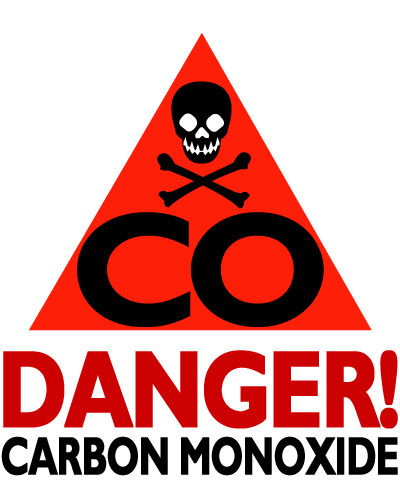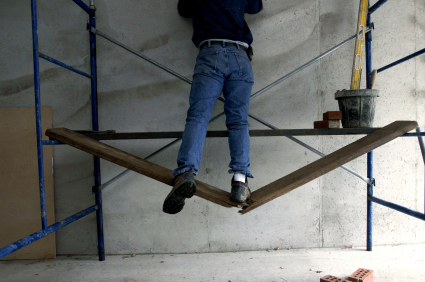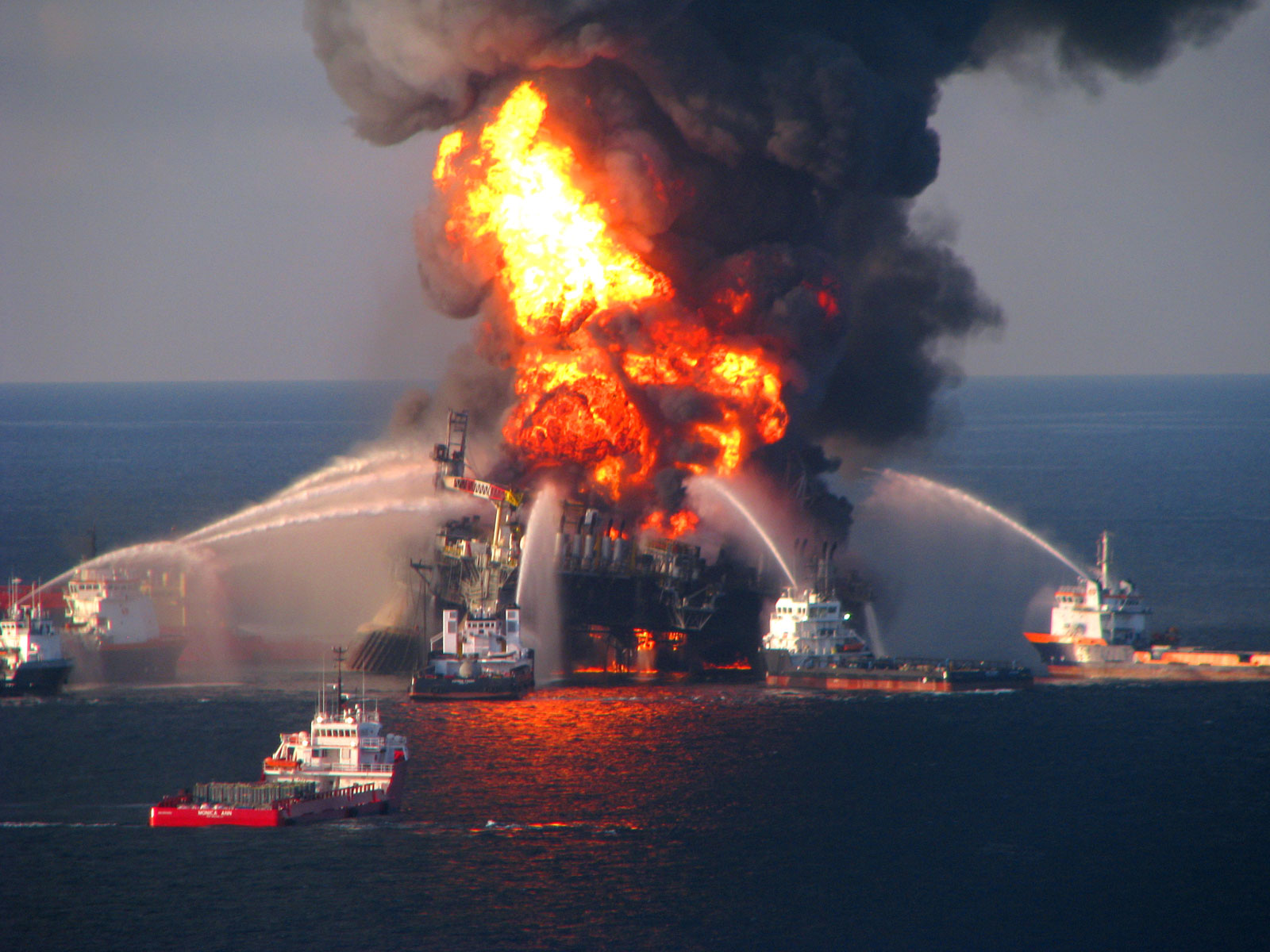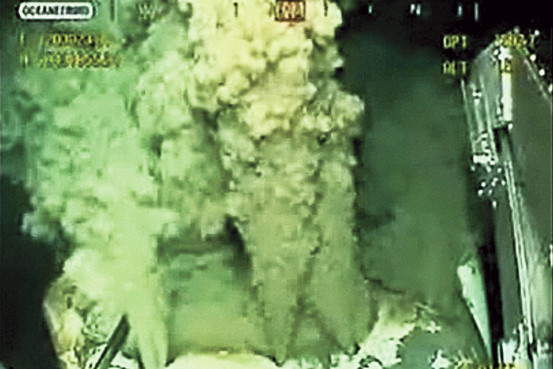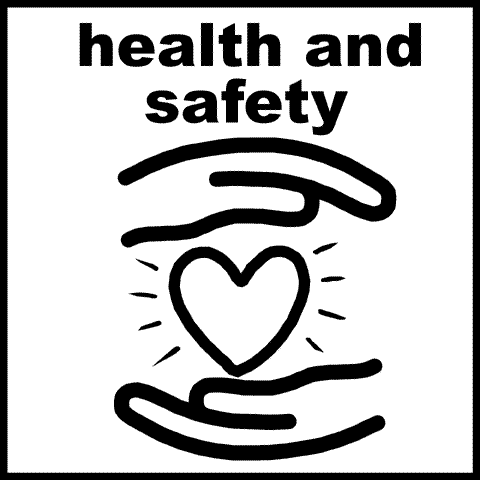 Maintaining a healthy office environment requires attention to chemical hazards, equipment and work station design, physical environment (temperature, humidity, light, noise, ventilation, and space), task design, psychological factors (personal interactions, work pace, job control) and sometimes, chemical or other environmental exposures.
Maintaining a healthy office environment requires attention to chemical hazards, equipment and work station design, physical environment (temperature, humidity, light, noise, ventilation, and space), task design, psychological factors (personal interactions, work pace, job control) and sometimes, chemical or other environmental exposures.
A well-designed office allows each employee to work comfortably without needing to over-reach, sit or stand too long, or use awkward postures (correct ergonomic design). Sometimes, equipment or furniture changes are the best solution to allow employees to work comfortably. On other occasions, the equipment may be satisfactory but the task could be redesigned. For example, studies have shown that those working at computers have less discomfort with short, hourly breaks.
Situations in offices that can lead to injury or illness range from physical hazards (such as cords across walkways, leaving low drawers open, objects falling from overhead) to task-related (speed or repetition, duration, job control, etc.), environmental (chemical or biological sources) or design-related hazards (such as nonadjustable furniture or equipment). Job stress that results when the requirements of the job do not match the capabilities or resources of the worker may also result in illness.
via CDC – Office Environment & Worker Safety & Health – NIOSH Workplace Safety and Health Topic.
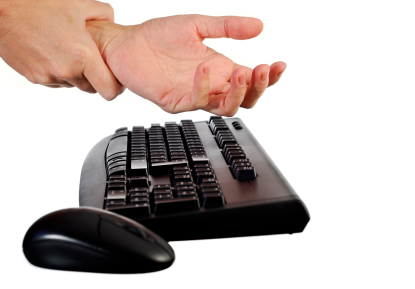 A large proportion of the American public goes to work every day in an office environment without considering the ergonomics of the equipment they use. There are large a proportion of people working at a desk without giving due consideration to proper ergonomics as they work with ergonomically incorrect keyboards and mice. Working at a computer on a regular basis can cause the same type of stress on your body as other physical labors and in an effort to prevent such injuries from occurring, companies need to consider the principles of ergonomics.
A large proportion of the American public goes to work every day in an office environment without considering the ergonomics of the equipment they use. There are large a proportion of people working at a desk without giving due consideration to proper ergonomics as they work with ergonomically incorrect keyboards and mice. Working at a computer on a regular basis can cause the same type of stress on your body as other physical labors and in an effort to prevent such injuries from occurring, companies need to consider the principles of ergonomics.
